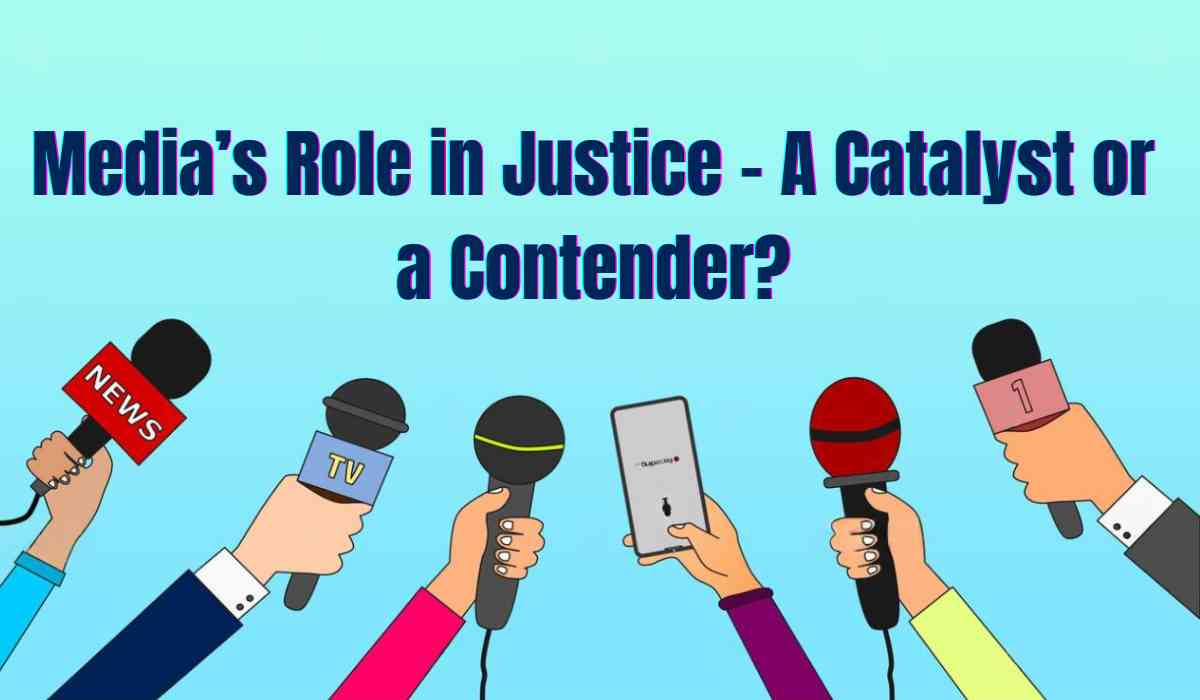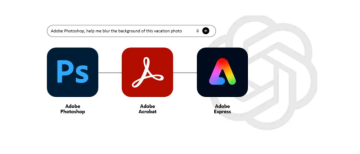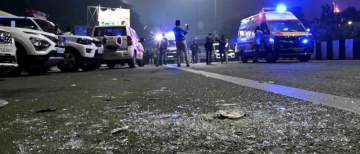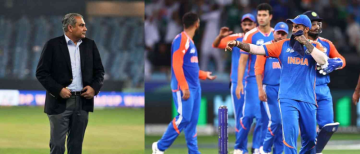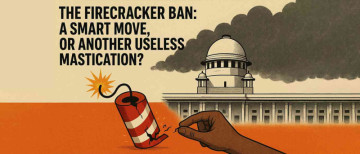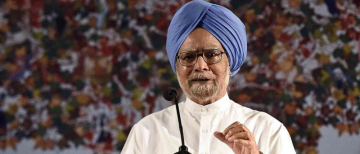National Press Day, celebrated on November 16 each year, is a reminder of the critical role that media plays in shaping public discourse, especially when it comes to justice and fairness. The media, in its various forms like print, digital, and television has long been regarded as the watchdog of society. However, sometimes media trials, raises questions about its impact on the justice system. Is the media a catalyst for ensuring justice, or does it pose a serious threat to the fair trial process?
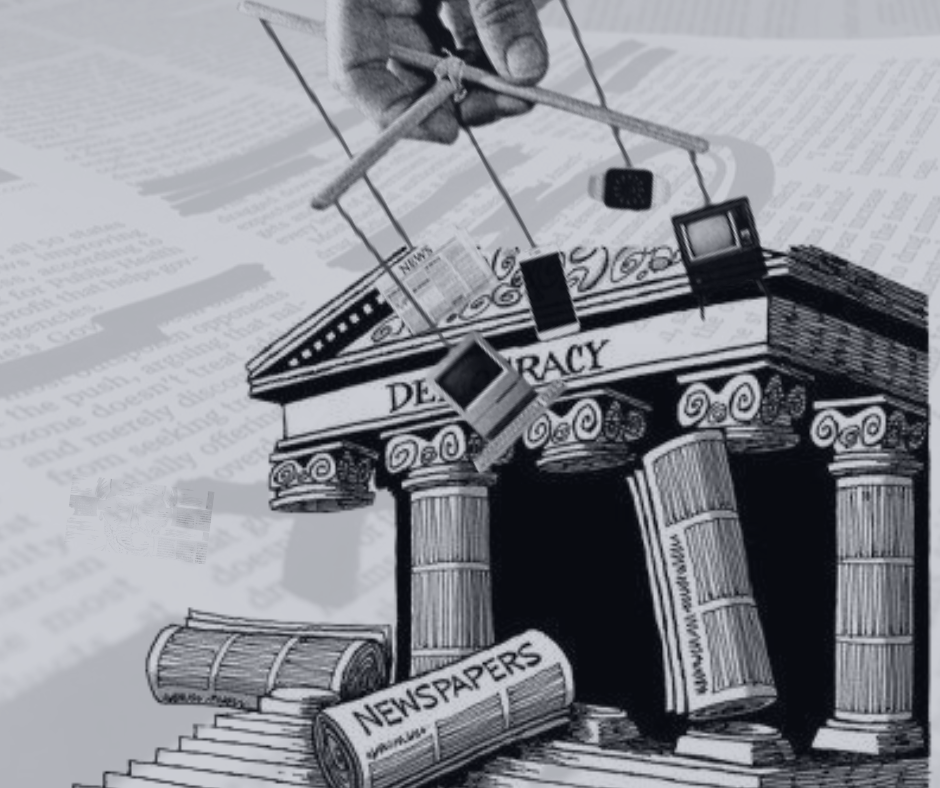
What is Media Trial?
A media trial is a situation where the media plays an active role in forming public opinion about an ongoing court case, often before the legal proceedings have concluded. The term "Trial by Media" has been in use since the early 1980s to describe the influence of media coverage. While investigative journalism is essential for a free society, media trials take this a step further, influencing the perception of innocence or guilt even before the court has rendered its verdict. In such cases, the line between the media’s duty to inform and its impact on the fairness of the trial can become dangerously blurred.
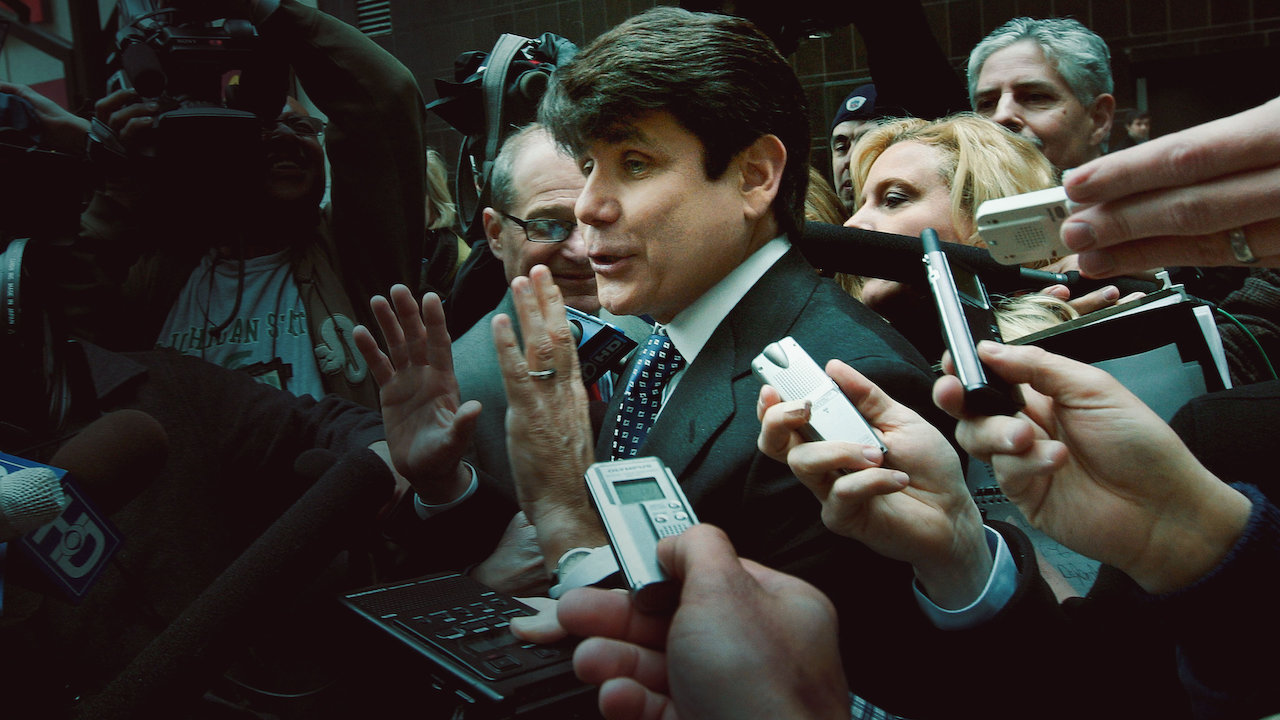
The Role of Media in Legal Cases
Media outlets have the power to bring attention to sensitive issues and uncover facts that may otherwise be hidden. However, the influence of the media can be a double-edged sword. The heavy coverage of criminal cases and their portrayal in a certain light can affect public perception, sometimes leading to pre-judgments about the guilt or innocence of the accused. This can result in an unfair advantage to either the prosecution or the defense, creating an environment that is not conducive to a fair trial. Although media trials can shed light on overlooked aspects, they can also pave the way for a fairer and more transparent pursuit of justice.
Landmark Indian Cases: When Media Shaped Justice
- Jessica Lal Murder Case (1999)
In the tragic case of Jessica Lal, a young women was shot dead in a bar after she refused to serve alcohol to the accused, Manu Sharma. Despite strong evidence, the trial court acquitted the accused in 2006 due to insufficient evidence. However, the case gained massive media coverage, leading to public outrage and calls for justice. The media’s persistent coverage forced the legal system to reopen the case, and Manu Sharma was eventually convicted and sentenced to life imprisonment. This case is often cited as an example of how media pressure can compel the justice system to re-evaluate its decisions.
- The Yakub Memon Case (1993 Bombay Blasts)
Yakub Memon, convicted for his involvement in the 1993 Bombay bombings, faced intense media scrutiny throughout the trial. The media’s coverage played a role in shaping public opinion, often portraying Memon in a negative light. His lawyer was heavily criticized, which made it difficult for him to fulfill his professional duties. Memon’s case, like many others, raised questions about whether the media's influence was detrimental to a fair trial, especially in a case like this.
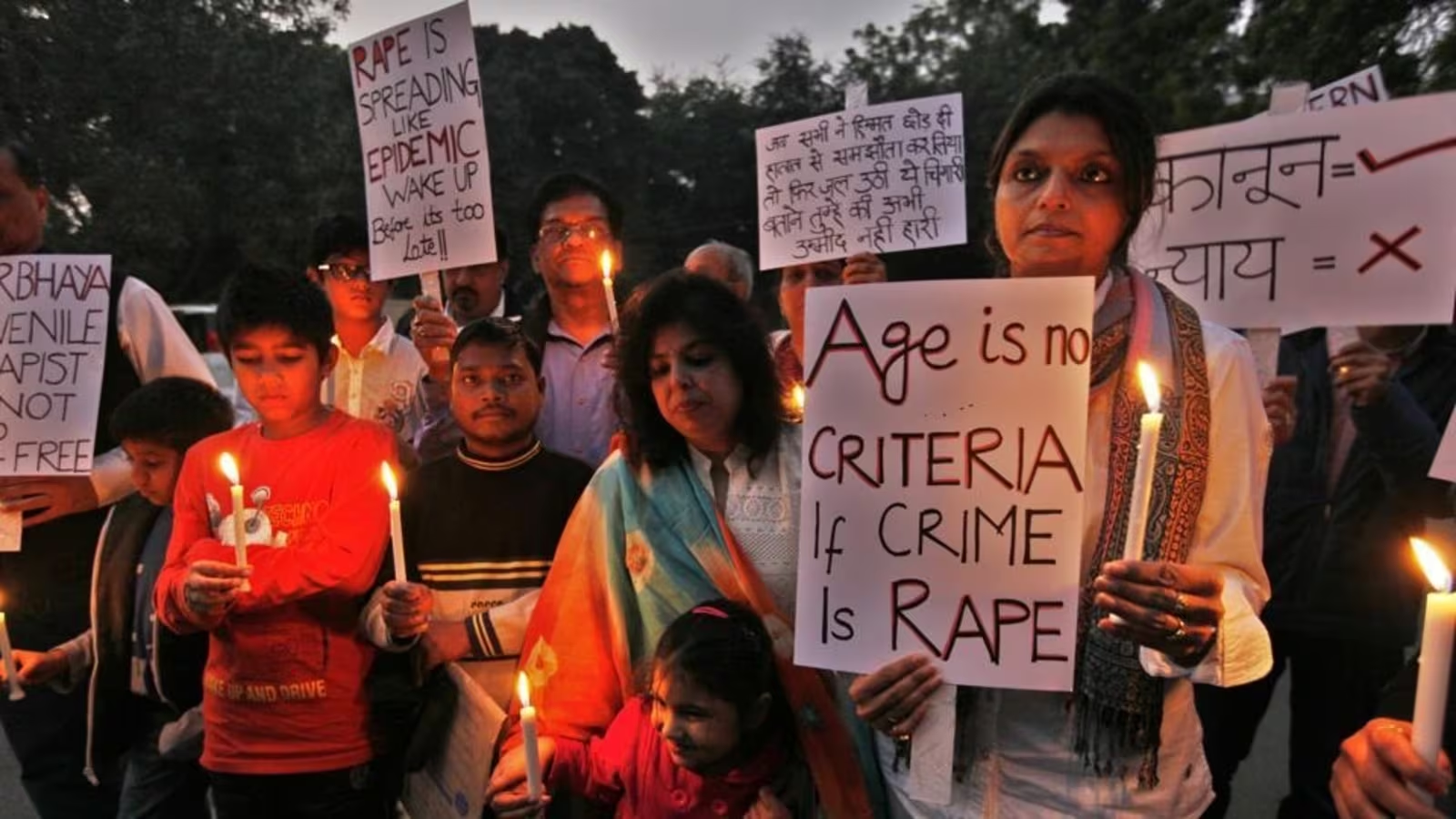
- The Nirbhaya Case (2012)
The brutal gang rape and murder of 23-year-old in Delhi sparked widespread outrage across the country. The media played a significant role in highlighting the case, which led to mass protests and a nationwide demand for justice. The media's coverage of the trial contributed to changes in laws, such as the Juvenile Justice (Care and Protection of Children) Act, which made it easier to treat juveniles involved in heinous crimes as adults.
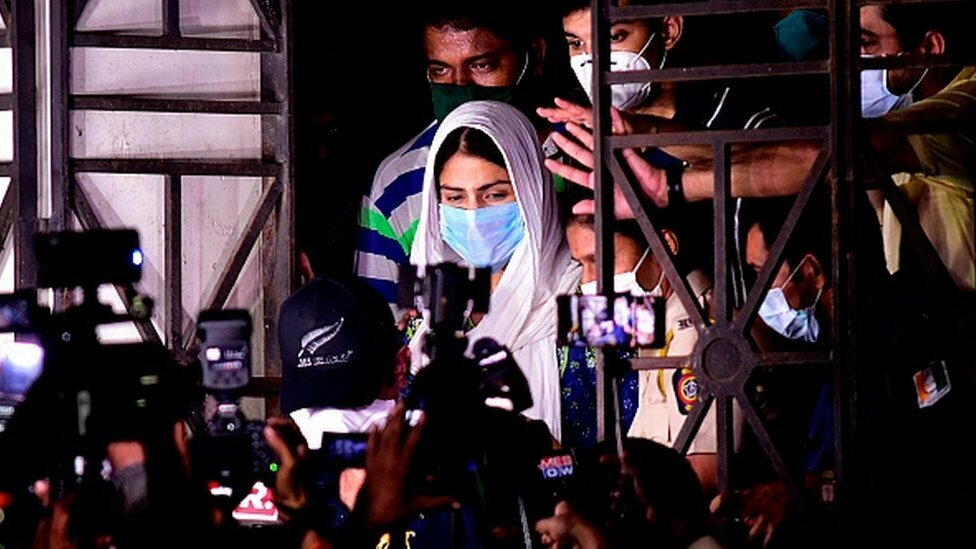
Media Trials and the Right to a Fair Trial
One of the primary concerns regarding media trials is their impact on an individual's right to a fair trial. Under Indian law, every person is presumed innocent until proven guilty. However, media coverage can create a perception of guilt before a trial has even begun, which may lead to bias in both public opinion and the court of law. The influence of the media can sometimes pressure the judiciary, making it harder for judges to remain impartial and unaffected by public sentiment.
The Impact on Witnesses
The naming and exposure of witnesses in the media can be a dangerous practice. It often leads to intimidation and can put the lives of witnesses at risk. In some cases, witnesses may retract their statements due to the media’s portrayal of the case. This not only interferes with the legal process but also raises concerns about the admissibility of hostile witness evidence. The protection of witnesses should be a priority to ensure that justice is served without fear or undue influence from the media.
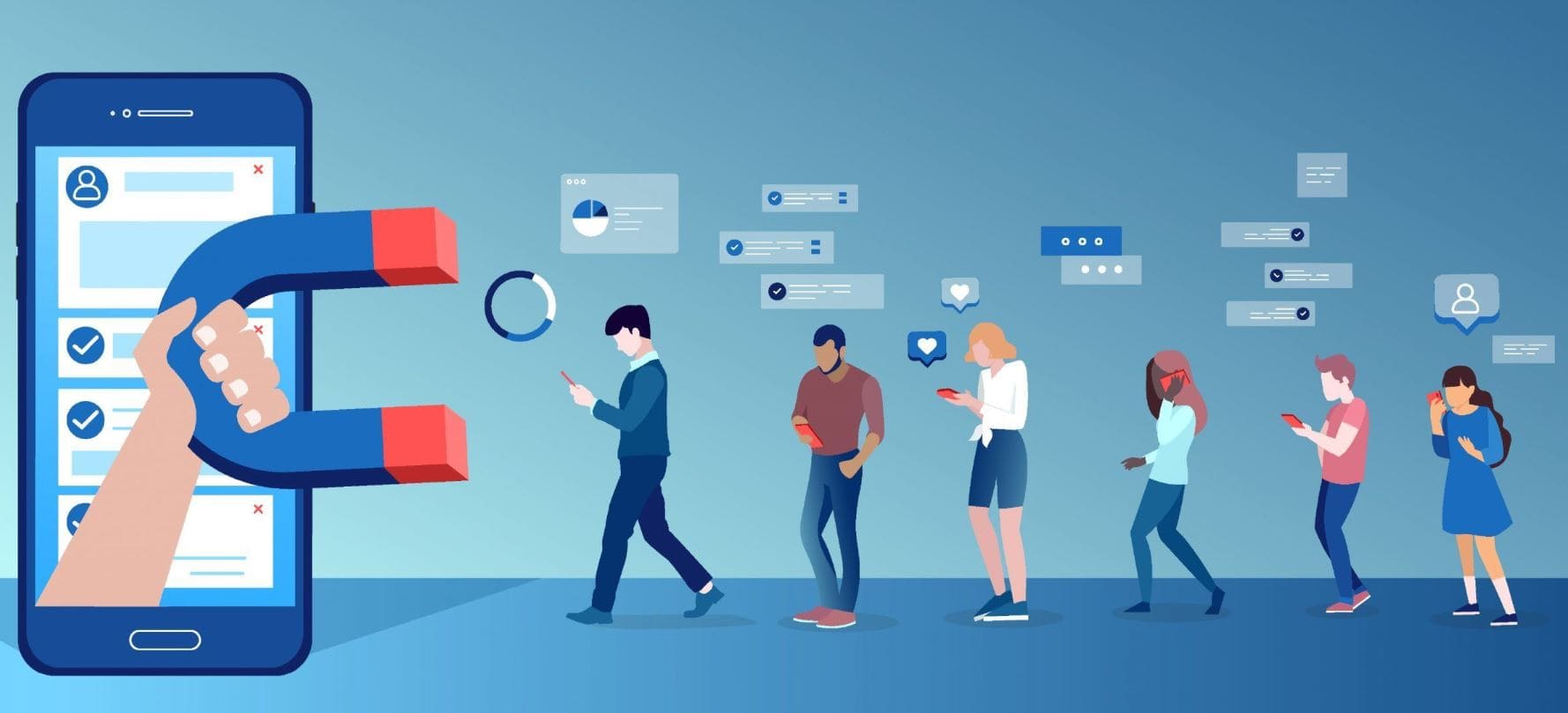
The Influence of Social Media
With the rise of digital media and social media platforms, the impact of media trials has expanded beyond traditional news outlets. Online platforms often serve as a breeding ground for speculation and misinformation. The instantaneous nature of social media means that opinions are formed and spread before all the facts are available. This further complicates the already delicate balance between the media’s role in informing the public and the need for impartiality in the justice system.
Way Forward: Responsible Journalism
As we celebrate National Press Day 2024, it is essential to reflect on the evolving role of the media in shaping public opinion and influencing justice. The media can undoubtedly be a catalyst for societal change, as seen in cases like Jessica Lal and Nirbhaya. However, when it oversteps its boundaries and interferes with legal proceedings, it becomes a contender, undermining the very principles of justice it seeks to uphold. It is crucial for the media to understand its responsibilities and should focus on reporting facts, avoid sensationalizing stories, and respect the privacy and rights of individuals involved in legal matters. Responsible journalism is the key to ensuring that the media can continue to fulfill its role without compromising the integrity of the justice system.
Inputs by Agencies
Image Source: Multiple Agencies
Ⓒ Copyright 2024. All Rights Reserved Powered by Vygr Media.

